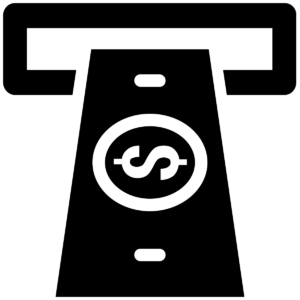We are on a transatlantic cruise and the passage gives me plenty of time to read. I have had the opportunity to spend a little more time than usual with my Kindle. The book I am presently working on is Mitch Resnick’s Lifelong Kindergarten.
I would describe the book as Resnick’s attempt to make the case for maker culture which I tend to translate as “production” culture. When translated to the school environment, I would describe the theme as “too much consumption, not enough production”.
I started thinking about my own efforts in “consuming” his book. I probably go through an average of 2-3 books a month and I think I have purchased one “paper” book in the last several years. That was necessary because the book was not available in a digital format. I am committed to the digital format as an important part of what I consider my workflow. I do read some for pleasure, but I also still spend a lot of time reading to give me something to write and speak about. So, my consumption and production are tightly connected. An example might be this post. I would not be writing about Resnick’s ideas unless I had first read his book.
Even my process of consumption is far from pure. I like the digital format because I can highlight and annotate, search for my additions later, and copy my embedded content to my external products (writing). I understand that some argue reading on a device is inferior to reading a paper version, but I think this assessment must be considered carefully as to the purpose to be served. Reading as an active experience is certainly cognitive construction, but the thinking can also be simultaneously externalized as annotations and highlighting. Often, reading is not independent of external productions.
It seems reasonable to me to consider the consumption/production processes as linked. This was certainly the logic behind the language experience approach (reading/writing, speaking/listening) that has been used as a way to understand the development of reading proficiency. What I think is important to consider is which areas is this consumption/production process can be emphasized. When does consumption/production develop something beyond the content of interest (critical thinking, problem-solving, etc.) and how far does the development of these higher level skills transfer (near transfer, far transfer)?
The issue of transfer is important and the research on the extent of transfer should play a role in the educational focus on production. What I mean by this is that the educational setting does not have the time to provide production experiences in every possible consumption/production area. When should production be emphasized as an elective and when as a requirement? Consider the possibilities that are seldom examined. Most individuals enjoy the consumption of music, theater, photography, and food.
There are two questions here. First, which production areas should be emphasized if the time necessary to develop related thinking skills can be accomplished by any production experience. Most research suggests that the time necessary to assure transfer is significant. This is one of the concerns with the use of coding to develop higher order thinking. Most research shows that limited exposure is not enough. Second, there is the issue of which areas should be required of all if near transfer is all that is produced. Again, choices have to be made.
My thought is that we have been doing it right all along. I would propose that we emphasize the reading/writing connection which probably means students don’t do enough writing. The processes of reading and writing have such wide utility that has not diminished over the decades and probably needs enhancement. I would focus on the arts, coding, and making as electives. These questions are a matter of balance and it should not be assumed that earlier questions of emphasis resulted in the wrong decisions.
![]()

You must be logged in to post a comment.